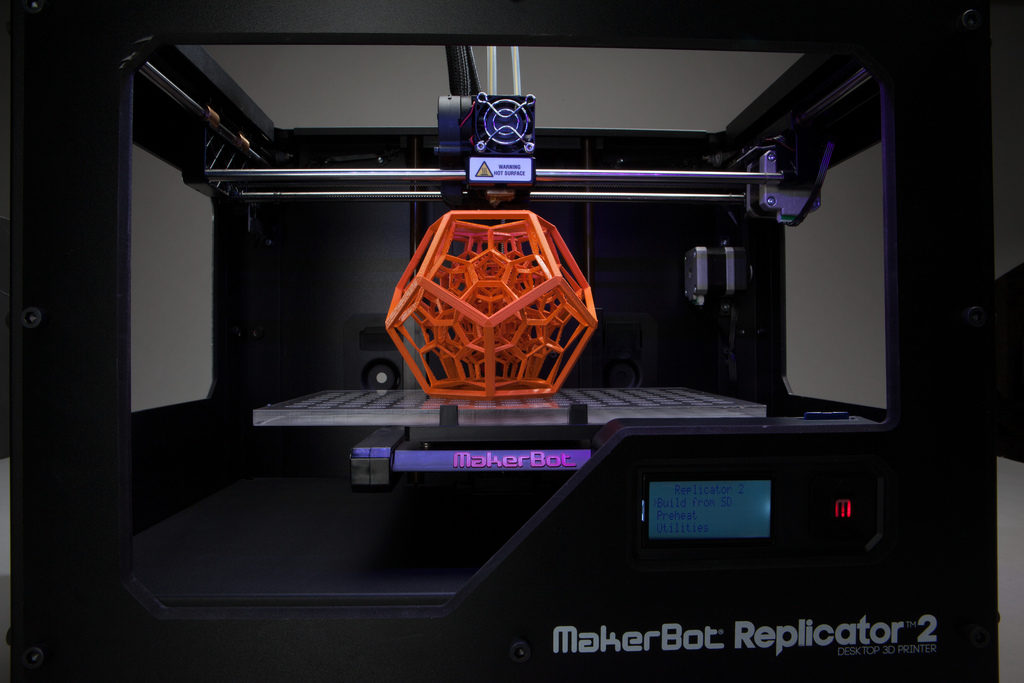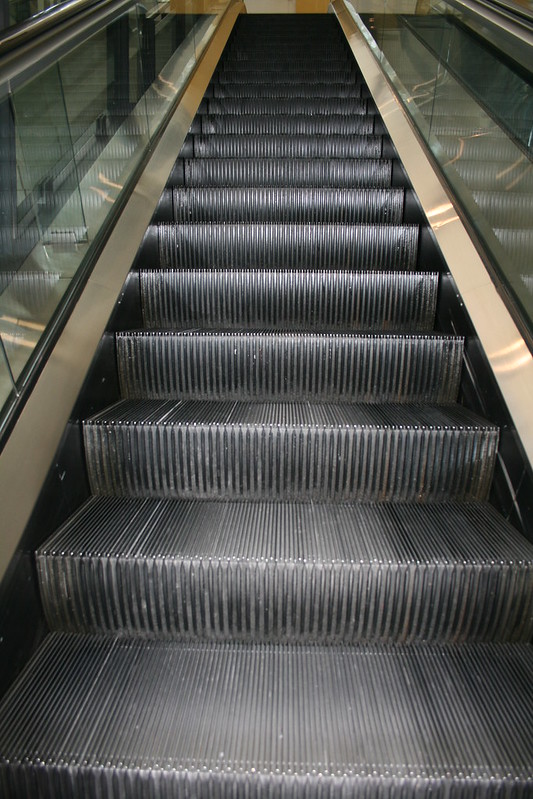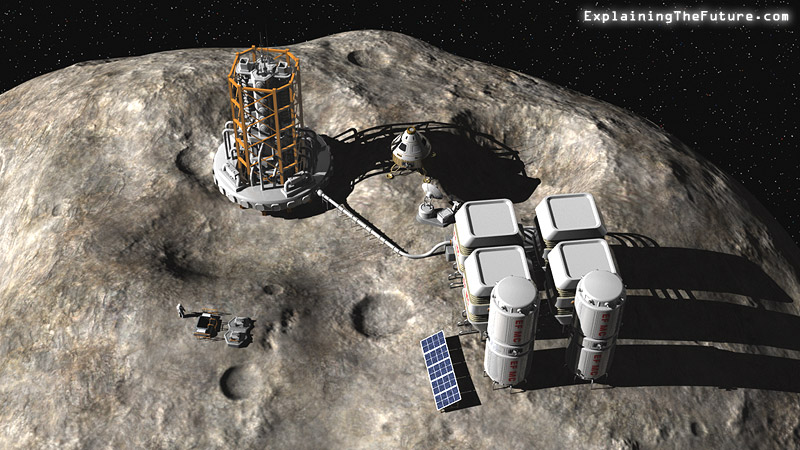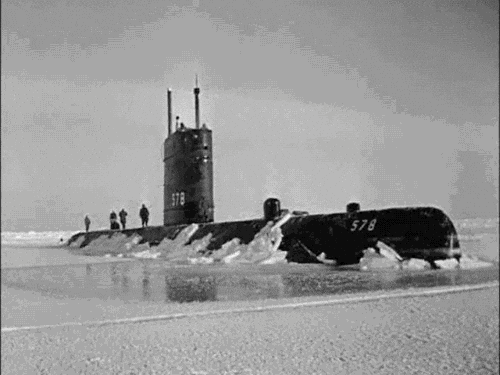
The typewriter is very different than what we have today. Today in the present we have laptops, computers, and printers. Instead of those 150 years ago, we had typewriters. Much slower heavy relics from our past. That has evolved and transformed into what we have today.
Before people had to use a piece of paper and a quill. Which took too long. The fastest way to put words on paper was with the printing press, but that was only for newspapers and media. So to fix this problem in 1714 a man that went by the name of Henry Mill was granted a patent by Queen Anne of England for his machine. But the very first practical and working typewriter was made in 1868, by Christopher Latham Sholes and his helper Carlos Glidden. Christopher was born on February 4, 1819, but before working on the typewriter Sholes was a printer and editor of Milwaukee News. He was also granted a patent for his page numbering machine in 1864, which he and his accomplice Samuel W. Soulé invented. Carlos Glidden then proposed to transform and create another device that could instead print letters. Christopher liked this idea so much he decided to work on it with Carlos for multiple years.
Sholes and Carlos Glidden wanted to create a machine to print words and numbers on numbering book pages. The typewriter operated by pressing a key, then it would strike a hammer that had that same letter or number at the end, then through an inked ribbon. This typewriter was the first to have the QWERTY keyboard. But this typewriter could only type capital letters, and could not shift. Still, he sold the rights to the typewriter to the E. Remington and Sons, since they had the machinery and workforce to mass produce it. The very first shift typewriter was available to purchase in 1878, in the form of the Remington Model 2. Soon after the double keyboard began to appear, such as the Caligraph 2. These typewriters had a key for every capital and lowercase letter.
Thomas Edison created the very first electric typewriter in 1872 and got the idea after visiting Sholes’s mechanical typewriter. He filed for a patent in 1893, and 1895 it was issued. It used a printing wheel system, that was later changed into a ticker-tape system. By historians, this invention by Thomas Edison is usually overlooked, but it was a great tool in advancing the world. With faster typing and a lighter touch, the electrical typewriter fueled the US in its great era of industrialization. Soon after portable typewriters would follow, which were weird and not ergonomic to use. A high-speed version of the typewriter was invented in 1953, because of the demand for faster and more efficient printing. Later in the late 20th century, typewriters began to look like modern-day keyboards and laptops.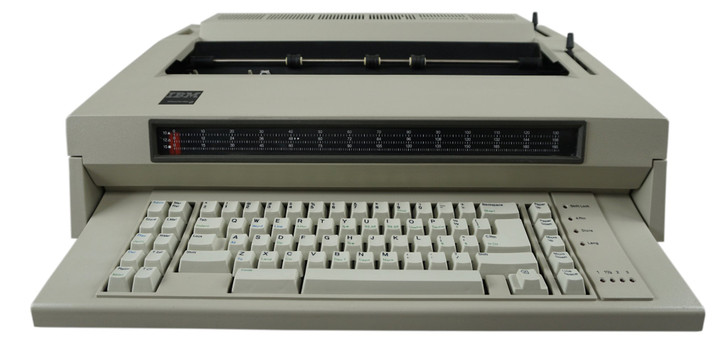
Then modern computers and mouse keyboards emerged also rocking the same QWERTY keyboard system. However, the way they operate has little to do with the way the typewriter works.
Typewriters are the ancient ancestors of the modern keyboard, but it is important to appreciate the past.
Related Stories
https://lemelson.mit.edu/resources/christopher-sholes
https://www.britannica.com/biography/Christopher-Latham-Sholes
https://www.britannica.com/technology/typewriter
https://www.thoughtco.com/history-of-the-computer-keyboard-1991402
Take Action
